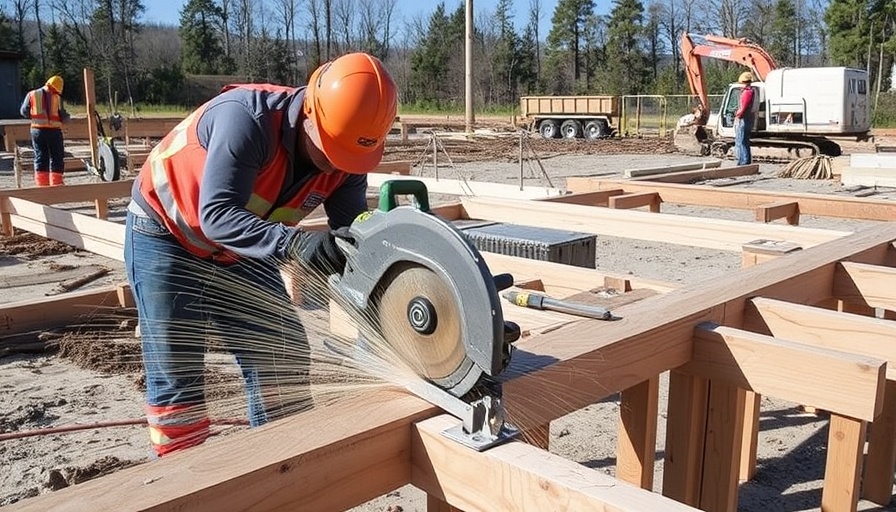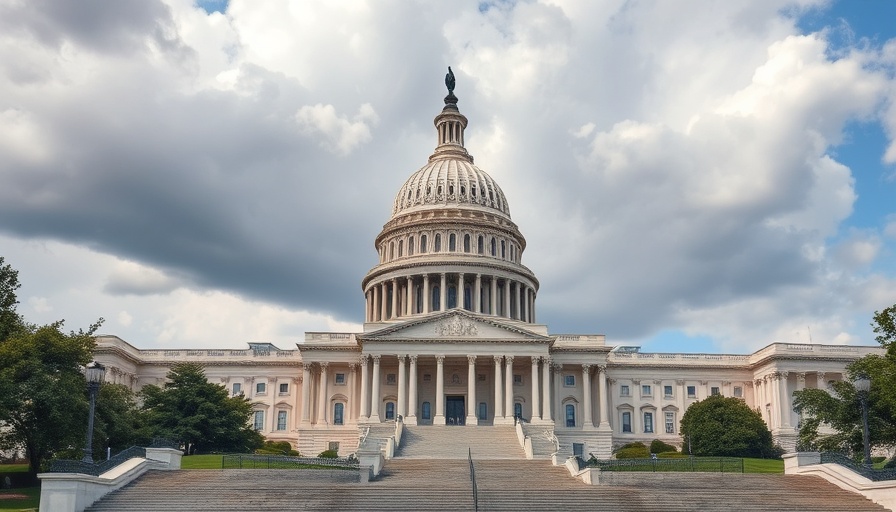
The Hidden Dangers of Cut-Off Saws in Construction
Construction sites are bustling hubs of activity where machinery plays a crucial role in getting the job done efficiently. Among the most powerful tools in a contractor's arsenal are cut-off saws. However, a recent fact sheet from the Center for Construction Research and Training (CPWR) showcases the serious risks associated with this equipment, emphasizing that proper handling is vital to prevent accidents.
Why Cut-Off Saws are a Double-Edged Sword
While cut-off saws enable precise cuts through tough materials, they also pose significant dangers. CPWR warns that if a blade gets pinched during operation, it can create reactive forces that may launch the saw or cut material like a projectile. This concern is not merely theoretical; analysis of OSHA fatality inspection data highlights numerous incidences resulting from mishandling these saws.
Understanding the Risks: Noise and Dust Hazards
In addition to potential physical harm, cut-off saws generate high noise levels, which can lead to long-term hearing damage for operators. Furthermore, the dust produced during cutting can contain respirable crystalline silica, a substance known to cause serious respiratory illnesses if inhaled. Ensuring a safe environment requires recognizing these risks and implementing protective measures.
Best Practices for Safe Usage
To mitigate the dangers of cut-off saws, CPWR has outlined important best practices that should be adhered to on every job site:
- Follow manufacturers’ specifications for blade and guard usage.
- Train workers in safe operation practices in their preferred language.
- Provide adequate personal protective equipment (PPE), such as masks and hearing protection.
- Conduct pre-inspection of blades for any warping or damage.
- Keep hands and body parts away from the blade while operating.
- Ensure good footing and use both hands for stability.
- Identify and avoid cutting near flammable materials, utilities, or unstable surfaces.
What Happens When Guidelines are Ignored?
Ignoring safe practices can lead not only to personal injury but also to costly project delays and legal ramifications. Businesses that prioritize safety not only protect their workers but also positively affect their bottom line through higher productivity rates and lower insurance costs.
Conclusion: The Business Case for Safety
As business owners and facility managers, understanding the risks associated with cut-off saws is more than just a legal obligation; it’s a business imperative. Developing a safe work environment fosters a culture of care and responsibility, ultimately leading to improved morale and enhanced workplace productivity. By committing to safety standards and practices, organizations can achieve operational excellence while protecting their most valuable asset—their people.
 Add Row
Add Row  Add
Add 




Write A Comment